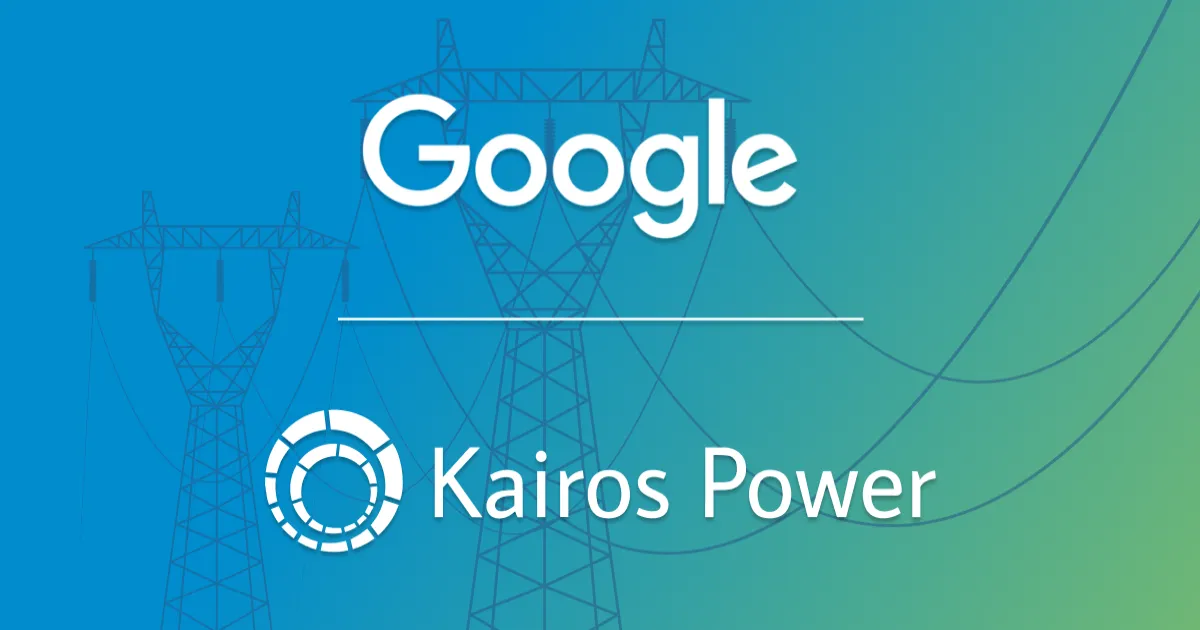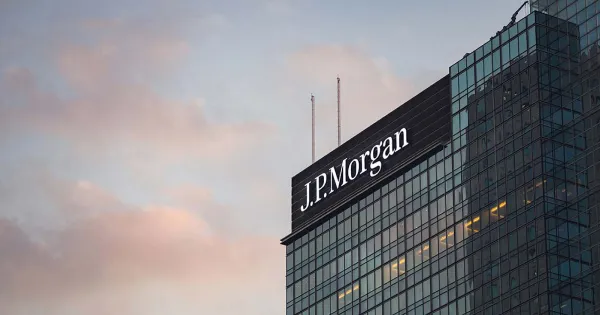Google and Kairos plan to build a nuclear plant by 2030

Alphabet’s Google and nuclear startup Kairos Power will deploy an advanced nuclear power plant tied to the Tennessee Valley Authority’s (TVA) electric grid by 2030, the companies announced Monday. The project marks the first U.S. power purchase agreement for electricity generated by an advanced reactor.
TVA has agreed to buy up to 50 megawatts of power from Kairos’ Hermes 2 reactor, enough to supply about 36,000 homes. The electricity will help power Google’s growing network of data centers in Montgomery County, Tennessee, and Jackson County, Alabama.
“This solves the problem of making sure that consumers don’t carry that first-of-a-kind cost and risk,” TVA CEO Don Moul told CNBC. “It also allows innovators like Kairos Power and thought leaders like Google to bring this to market.”
A First-of-Its-Kind Collaboration
Hermes 2 is the first deployment under an agreement Google and Kairos signed in 2023 to scale up Kairos’ nuclear technology. Unlike traditional large reactors, the Hermes 2 unit is compact and designed to be built faster and at a lower cost. Kairos and Google will bear the financial risk of constructing the reactor, while TVA provides a guaranteed revenue stream through its purchase agreement.
Kairos secured a construction permit from the Nuclear Regulatory Commission (NRC) in late 2024 and must obtain an operating license before the plant goes online. The company has not disclosed the project’s cost, and TVA has not revealed the electricity price it will pay.
Reviving U.S. Nuclear Development
The U.S. nuclear industry has faced decades of setbacks due to delays and soaring costs. The most recent example, two new reactors at Georgia’s Plant Vogtle, finished years late and billions over budget—contributing to the bankruptcy of Westinghouse, once a leading nuclear player.
Startups like Kairos believe smaller, modular plants can avoid such pitfalls. Utilities have hesitated to commit to new reactor designs, but technology companies eager for clean and reliable energy are helping bridge that gap. Google has already placed orders for Kairos reactors totaling 500 megawatts of power, planned to roll out by 2035.
“We specifically want to help commercialize,” said Amanda Peterson Corio, Google’s global head of data center energy. “The Hermes 2 project is about taking something small and scaling it up so it can be deployed widely.”
Building a Scalable Nuclear Future
Kairos CEO Mike Laufer said Hermes 2 will serve as a blueprint for standardized, more affordable reactor designs. The project will also help develop the manufacturing and supply infrastructure needed for broader rollout.
“We’d be ready to deploy multiple reactors in series at the same sites in a very cost-efficient way to deliver affordable power in the not-too-distant future,” Laufer said.
Kairos’ design differs significantly from traditional U.S. reactors. It uses liquid salt instead of water as a coolant, allowing the plant to operate at near-atmospheric pressure. This reduces the need for costly, high-pressure materials and enhances safety. Hermes 2 will generate 50 megawatts initially, with commercial-scale versions expected to reach 75 megawatts each.
Oak Ridge: A Nuclear Innovation Hub
The plant will be built in Oak Ridge, Tennessee, home to the historic Oak Ridge National Laboratory, a hub of nuclear research since the Manhattan Project. TVA, a federally owned utility created during the Great Depression, continues to play a central role in regional energy innovation.
“This sets the stage for East Tennessee to be a regional hub for nuclear construction and operation, which will be valuable for the nation as well,” Laufer said.
If successful, Hermes 2 could help usher in a new era of nuclear construction in the U.S., combining the financial strength of technology companies with the operational expertise of utilities.





